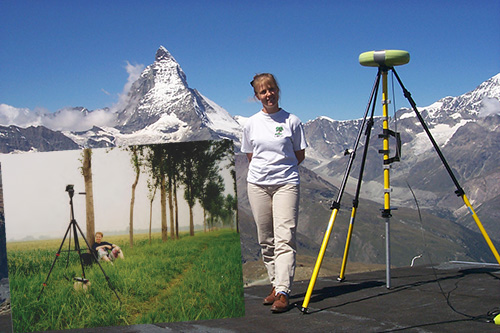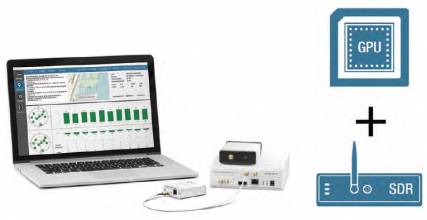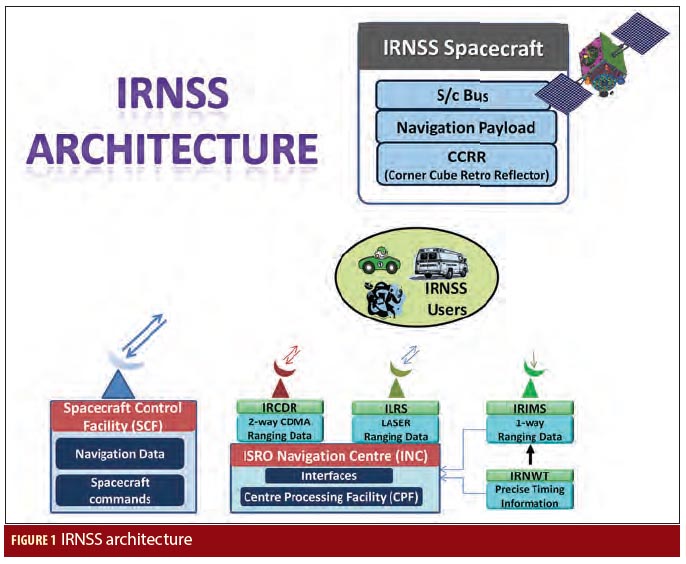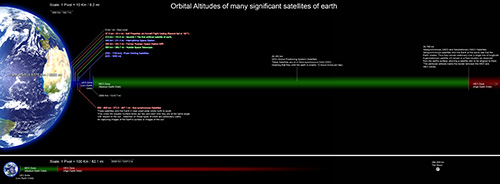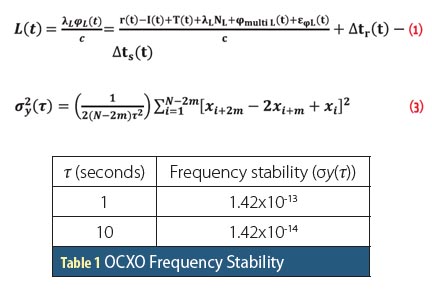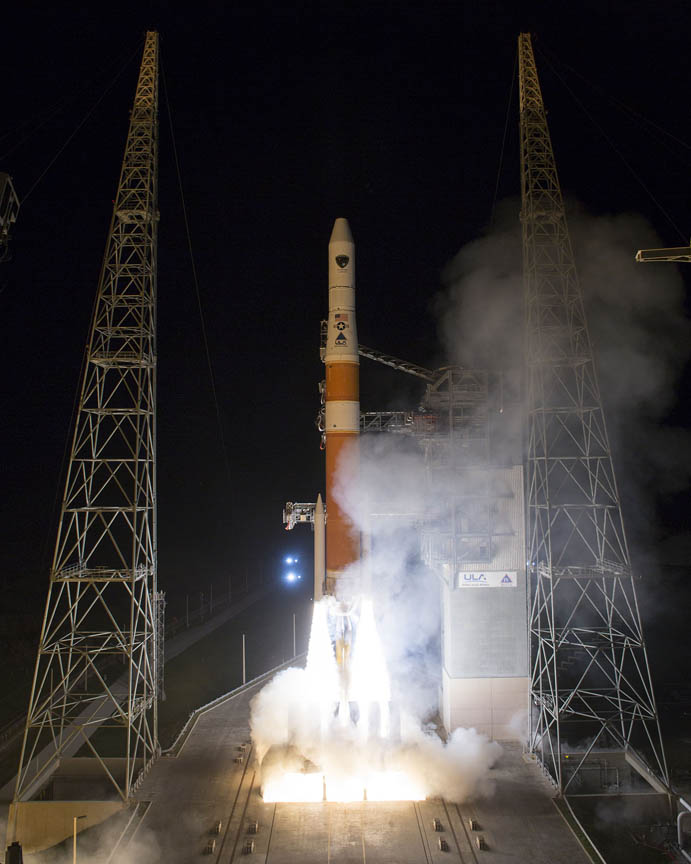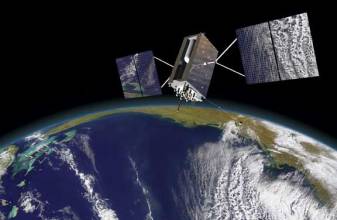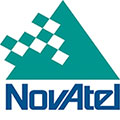May 6, 2015
 In April, Lockheed Martin fully integrated the U.S. Air Force’s first next-generation GPS III satellite at the company’s Denver, Colorado–area satellite manufacturing facility. The first in a design block of new, more powerful and accurate GPS satellites, GPS III Space Vehicle One is now preparing for system-level testing this summer. Lockheed Martin photo
In April, Lockheed Martin fully integrated the U.S. Air Force’s first next-generation GPS III satellite at the company’s Denver, Colorado–area satellite manufacturing facility. The first in a design block of new, more powerful and accurate GPS satellites, GPS III Space Vehicle One is now preparing for system-level testing this summer. Lockheed Martin photoLockheed Martin has finally been able to announce victory in its effort to complete integration of the first GPS Block III satellite.
Integration took place last month at the company’s GPS III Processing Facility near Denver, Colorado, bringing together the system module — which includes the navigation payload that performs the primary positioning, navigation, and timing mission — the functional bus containing the electronics that manage all satellite operations, and the propulsion core that enables the satellite to maneuver for operations on orbit.
Read More >
By Inside GNSS
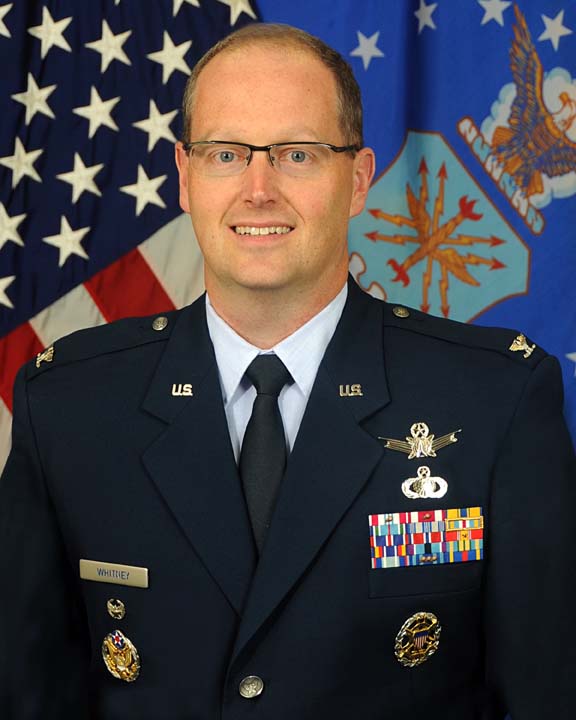 Col. Steve Whitney now heads GPS Directorate
Col. Steve Whitney now heads GPS Directorate
